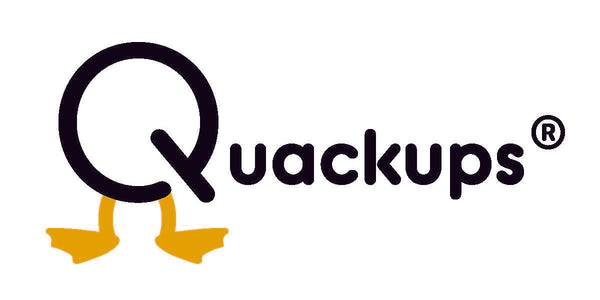Hummingbirds are very extraordinary and interesting creatures, which is probably why we're drawn to them.
Hey, if you're reading this blog, you probably like hummingbirds too. And you're looking for ways to attract them into your own backyard.
Fortunately, we have a few tips to help you build a magical hummingbird habitat in your yard.
How to Build Magical Hummingbird Habitat in your Yard
If you keep some small deciduous trees and shrubs around the perimeter of your yard, hummingbirds will be attracted to your yard because of the abundance of nectar and other food sources nearby.
They construct their tiny, enlargeable nests from lichens and spider webs and then place them on tree branches or other small horizontal surfaces.
Perches

You can put up several secure perches so hummingbirds can sleep and rest in your yard.
Hummingbirds need perches to rest or survey their territory, and while some of these should be in the open and visible for territorial birds, others should be concealed and sheltered to shield them from the nighttime chill.
Water
Even in the pools of droplets that gather on leaves, hummingbirds enjoy taking frequent baths. Set up a drip fountain attachment or a fine misting device to provide your garden a steady stream of water.
Hummingbirds are particularly drawn to a misting system because of the fine water droplets they produce.
QuackUps Hummingbird Solar Bubbler Fountain provides an easy pickup water fountain. No electrical attachments and it comes with a bowl that keeps the solar pump intact. The color of the bowl blends in with nature as well making it a great addition to your outdoor décor.

Best Plants for Hummingbirds
Choose plant species with tubular, scentless, brilliantly colored (typically red, orange, or blue) blooms to attract hummingbirds. Flowers can vary in shape to fit the different-sized bills of hummers.
Variety matters. Think about it; you don't eat the same thing every day. Nor do hummingbirds.
Offer a variety of long-blooming plants for them to enjoy.
Nectar Feeders (or Hummingbird Feeders)
These beautiful hummingbirds need nectar to survive, especially during migration. These methods will make your yard a safe and nutritious hummingbird stopover:
- Sugar water - four parts hot water to one-part white sugar cooked for one to two minutes—fills the feeders. Never use honey, artificial sweeteners, or red dye.
- Keep the feeders out of direct sunlight to prevent the sugar solution from going bad.
- You should replace the sugar water before it turns hazy or roughly twice a week during the warmer months.
- Feeders should be cleaned once a week with a solution of one-part white vinegar to four parts water. You can clean the vinegar solution by shaking some dry rice if the feeder has become soiled. All those little granules are quite abrasive.
- Before refilling the feeder with sugar solution, thoroughly rinse it with warm water three times.
Hummingbirds Feeding Habits
Hummingbirds have accelerated metabolisms. That means they need to eat once every 10 to 15 minutes and visit between 1,000 and 2,000 flowers daily to keep their bodies running properly.
Aside from flowers and nectars, these adorable hummingbirds also like small insects to add variety to their diet. They like beetles, wasps, mosquitoes, ants, and gnats.
Think about it; you get to enjoy watching the hummingbirds hang out in your backyard, and they help you out by getting rid of these insects too.
Plus, you're helping the environment by caring for these beautiful birds.
Who We Are
At QuackUps, we are committed to helping save the mystical, magical, tiny but mighty Hummingbirds! We specialize in providing essential hummingbird products so that these birds nest, play, survive, and feed their young in your yard.

